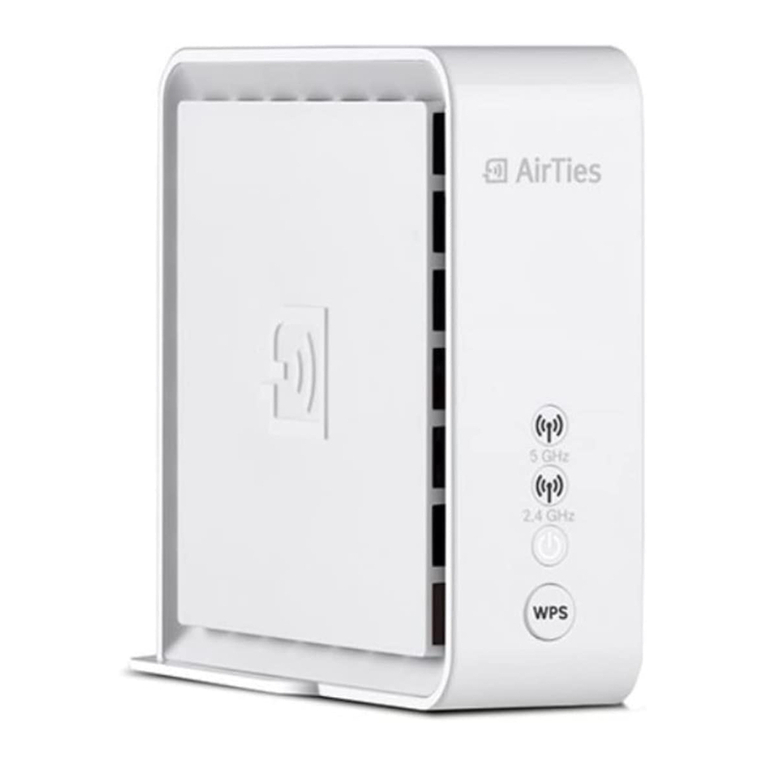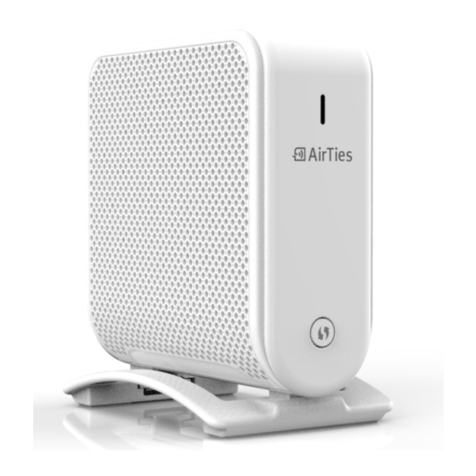TABLE OF CONTENTS
1. INTRODUCTION.....................................................................................1
1.1. Main Features......................................................................................2
1.2. Minimum System Requirements........................................................3
1.3. ackage Contents............................................................................3
1.4. Front anel..........................................................................................4
1.5. Back anel............................................................................................5
2. Installation....................................................................................................6
2.1. Basic Cabling rocedure...................................................................6
2.2. Installation Settings..........................................................................7
2.2.1. ADSL Settings Using the AirTies Easy Setup CD...........................7
2.2.2. ADSL Settings Using the AirTies RT-103 Web Interface............9
3. Other Settings..................................................................................11
3.1. NAT and ort Forwarding.............................................................11
3.2. FIREWALL Settings...........................................................................12
3.2.1. Access Control..............................................................................13
3.2.2. Applications..............................................................................14
3.2.3. MAC Address Filtering................................................................15
3.2.4. Web Filters....................................................................................15
3.2.5. URL Filters...............................................................................16
3.2.6. DMZ.....................................................................................................17
3.2.7. Anti-DoS.......................................................................................17
3.3. Tools......................................................................................................18
3.3.1. Firmware Update.........................................................................19
4. How to Use the AirTies ADSL Utility......................................................19
4.1. ADSL Usage Monitor......................................................................20
4.2. Auto Firmware Updates.......................................................................21

































